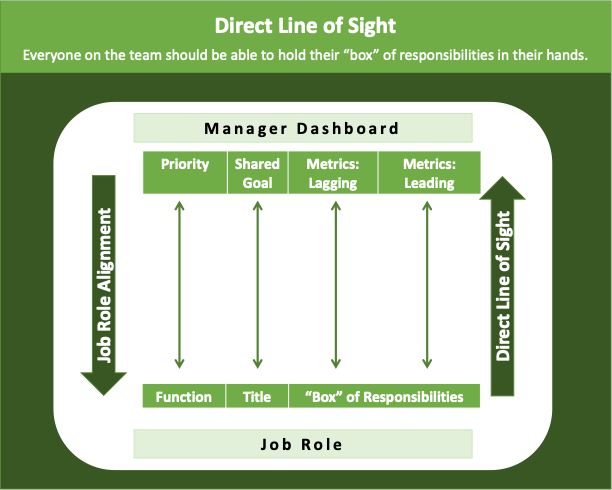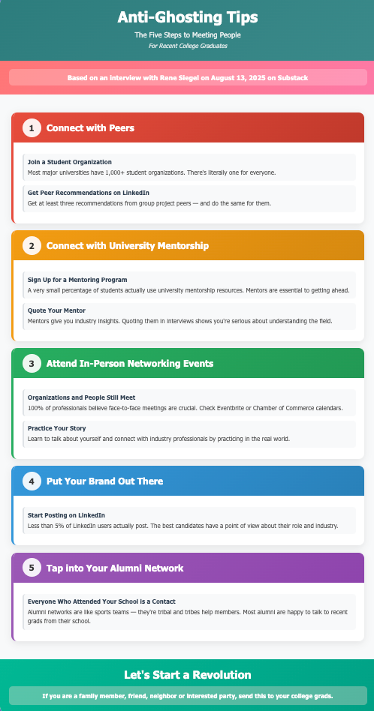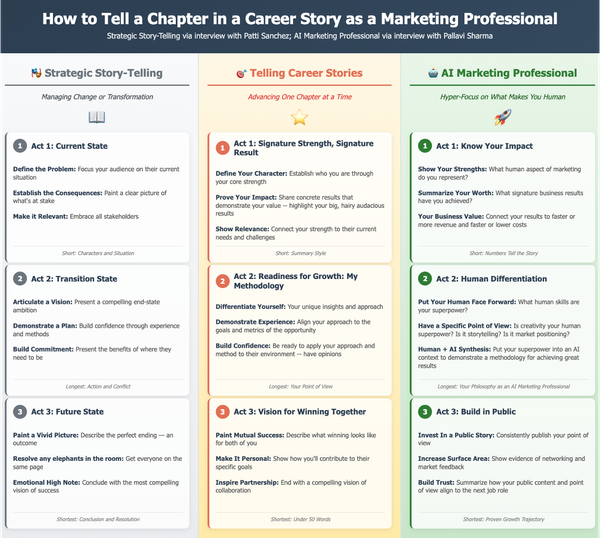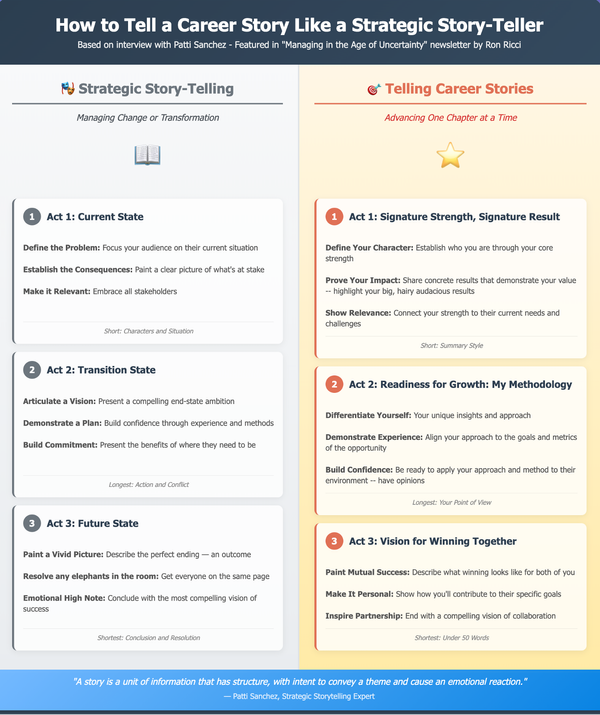Managing in the Age of Uncertainty
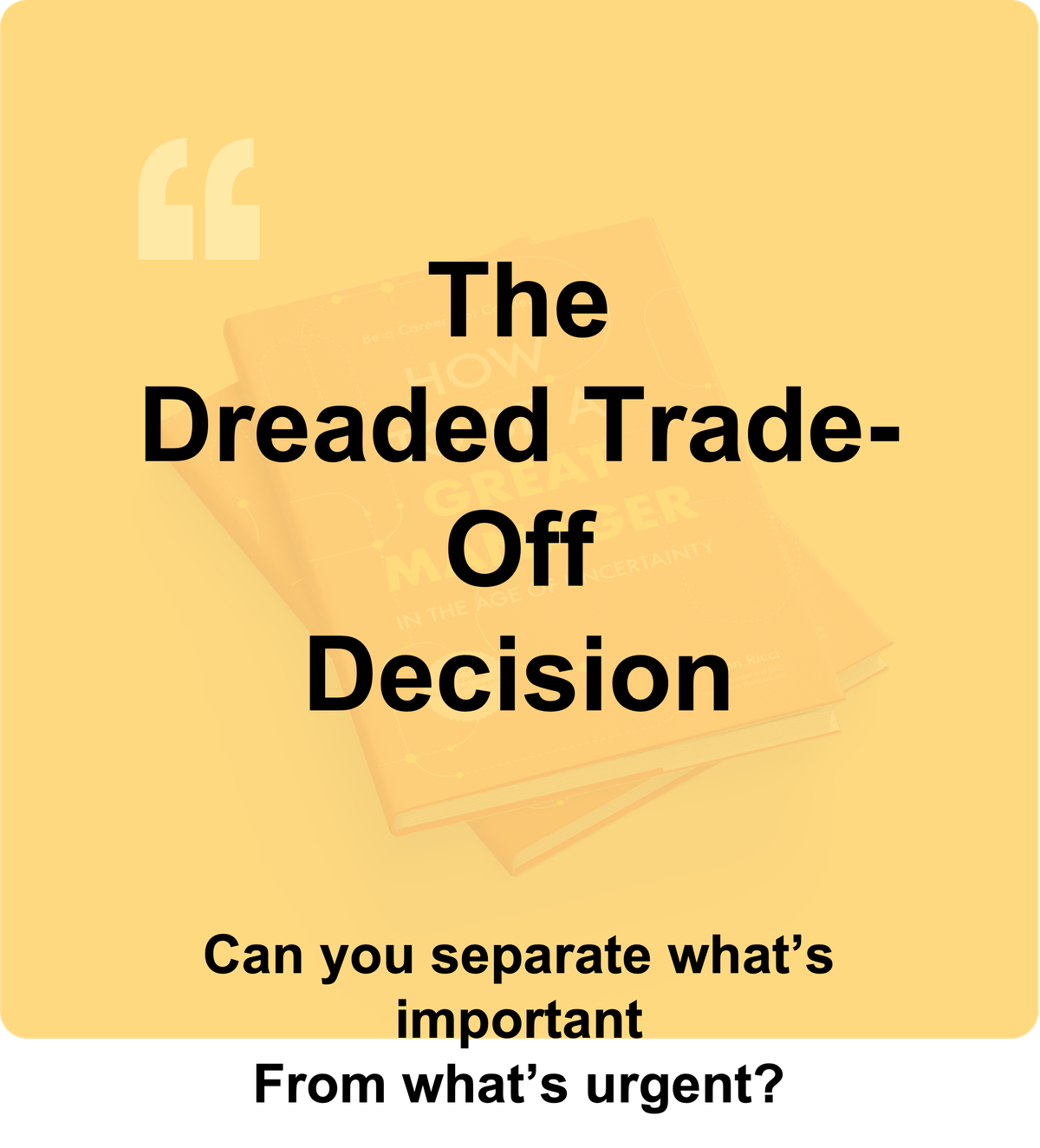
THE DREADED TRADE-OFF DECISION
Not long after I left “corporate” at Cisco and moved into a sale enablement role, my new manager invited me to his office to share that a budget cut was coming. I still remember conversation:
“The cut is 33,” he says.
All I hear is a three and a three, because he just stops at 33.
I say, “So, a 3.3 percent cut?” (Which would have been the biggest cut in my history at Cisco to that date.)
He says: “No, a 33 percent cut.”
It’s a devastating number, as any manager with a team of people would know.
Trade-offs are the most difficult decisions a manager will ever make: usually a choice between people and/or a choice between competing budgets. It would be easy to manage if budgets went up every year or everyone could finish top 10 percent.
For myself, I navigated my giant budget cut and subsequent trade-off choices with some sage advice I received at the time: “Separate what’s important from what’s urgent.”
I write this newsletter to share what I learned from my research into the future of managing — and the differences from managing in the boomer era. For boomers, trade-off choices simply didn’t happen at the pace they do today.
As AI shapes the future of work and the era of efficiency remains the norm, the shifting of resources to configure an organization for optimal market competitiveness is moving faster and faster. It is exactly this constant shifting and re-configuring of resources that has brought an end to the corporate ladder. The ladder needs predictability to work.
That’s why I call it the age of uncertainty for millennials and gen-z — finding career advancement and growth without the corporate ladder.
In this issue of Managing in the Age of Uncertainty, I’m focusing on trade-off decisions. As you read about making trade-offs, think about yourself. What experiences have formed the way you think about trade-off choices? How did you handle your emotions when making hard decisions between people and budgets? What could you have done better?
How Consistent Are You? Self-Assessment
Why Trade-offs?
I shared in last week’s newsletter that less than half of all managers today get any training in how to manage — what I called “America’s Manager Crisis.”
I don’t have any data to support this supposition, but my experience tells me that well more than half, maybe 80 percent or more, of all managers have never received any formal training or mentoring on how to manage trade-offs — until it’s time to make a trade-off.
Yet, trade-off decisions are the most important act a manager takes to lead a team.
The most important act of managing? Yes, because trade-offs reveal how consistent you are as a manager — which my research showed is what millennials and gen-z value in a manager above all else.
How Consistent Are You? Self-Assessment
Three Steps to Consistently Managing Trade-Offs
Step One: Separate what is important from what is urgent for your team.
Here is another one of those mind-boggling facts: only 9 percent of employees can align their work to their companies priorities, according to an Axios 2025 State of Internal Communications study.
When a team is out of alignment, it is virtually impossible to make an informed trade-off decision. It’s a recipe for inconsistency.
Millennials and gen-z expect today’s managers to clearly connect the dots between the roles on a team and how those roles advance a career. People want it to be easy to see how their job role on the team aligns to the work you are accountable for — your priorities, goals and metrics.
Here is your homework assignment:
- Pick a common communications framework for articulating your priorities, like OKRs or Objectives, Key Activities, Results.
- Write down your priorities as OKRs; publish them.
- Ask every member of your team to align their job role to one of your priorities
- If someone can’t align their role to a priority, it’s your job as a manager to figure it out for them — because their work is “urgent.”
In the end, you and your team should consciously try to identify “urgent” activities that are not priorities — and that you shouldn’t be doing any more. For example, when I managed Cisco’s executive briefing centers, which were affected by the giant reduction, we made the decision that “tours” of Cisco would no longer be part of our service. (You’d be surprised by how many Cisco executives asked the briefing center to show their kids or college professors around.) It wasn’t popular, but it was not a priority — customers were.
Step Two: Manage your emotions.
Trade-off decisions can rip your heart out — because they always involve a choice.
If you’re new to managing, prepare yourself in three ways:
- Get training or advice on how to have difficult conversations.
- Get mentoring on how to make and communicate trade-off decisions.
- Get training on the difference between a performance review and career planning.
If you are already a manager, codify your approach to trade-offs:
- When did you make a difficult trade-off decision with your budget? Why was it difficult? What did you learn about yourself as a decision maker?
- When did you make a difficult trade-off decision with rewards and recognition? Why was it difficult? What did you learn about yourself as a decision maker?
- If two members of the same team have similar performance, how did you make choices?
- What else do you consider important to success that is difficult to measure with data?
Step Three: Communicate, communicate, communicate.
Set your communications calendar and approach, regardless of any plans for trade-offs. Be a consistent communicator to the team by outlining your plans for these activities:
- How many 1:1 meetings will your direct reports have every year?
- Will your direct reports have an annual performance review separate from 1:1 meetings?
- How often will you have a staff meeting where all your direct reports meet?
- How often will you have an all-hands meeting with your entire team?
- How often will you review operational performance?
At the end of the day, trade-off decisions test managers, but they also bring out the best in managers. They test you decision-making skills and they certainly test your consistency.
How Consistent Are You? Self-Assessment
Manager Thought of the Week
“Focus on what you can control.”
When things didn’t go according to plan at Cisco, this is what former CEO John Chambers would tell us. Managers can’t control interest rates, tariffs, weather events or consumer sentiment. We can only control the decisions we make. If you want to know more about John’s management and leadership perspective, check out his book “Connect the Dots.”
In Summary: Principles of Managing in the Age of Uncertainty
- I left Cisco to answer this question with research and evidence: What does the manager of the future look like? What are millennials and gen-z seeking in a manager? Which behaviors, tactics, skills or processes matter? What’s it going to take to attract and keep the best people over the next decade? In short, how to be a great manager. People management is key.
- Based on this research, the core philosophy of this newsletter is rooted in one idea: successful managers in this moment in time, for this generation of talent, need to be “career dot-connectors.” The next-gen doesn’t expect to spend their entire career on your team — that’s an idea boomers grew up with. A job on your team is like a chapter in a career story to the current generation. If you want the best people on your team, you have to connect the dots between roles on the team and the career opportunities of the people working on the team. Why people management matters.
- What is the“Age of Uncertainty”? If the industrial age was about taking predictable steps up the ladder, the age of uncertainty is about finding or discovering the path of a career without any predictable steps, without an obvious ladder — it’s why being a career dot-connector will differentiate you as a manager.
- How to be a Great Manager in the Age of Uncertainty: Be a Career Dot Connector is available on Amazon.
- What kind of manager are you? Take my free self-assessment and learn about yourself. Know people management.

